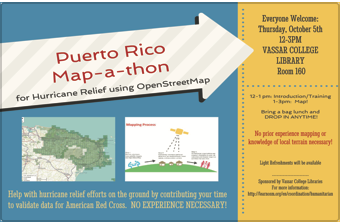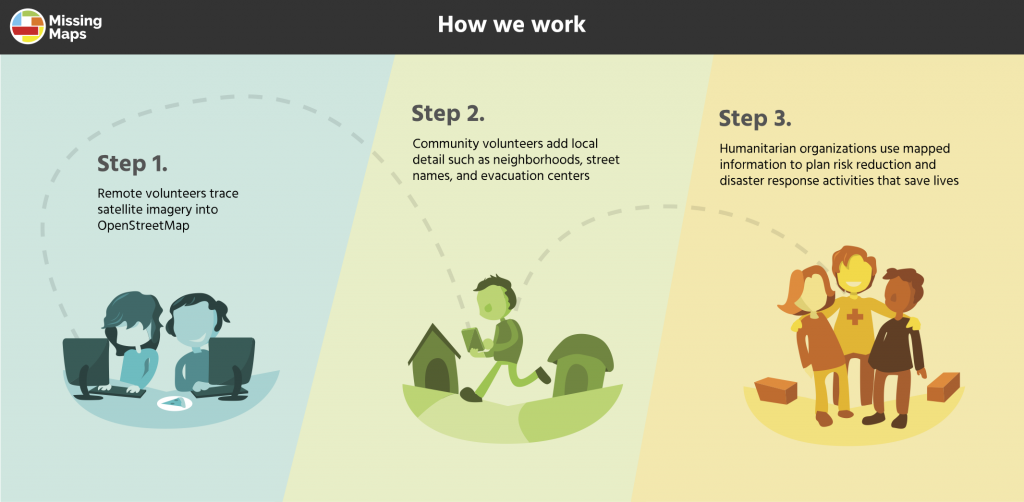We’re changing our website.
After many years and good times with our old site, we’re saying goodbye to our blue and yellow look, our many links, and our “looks great on a big screen!” site in favor of a smaller, more nimble, Vassar-themed, and responsive (read: you can use it on your phone and your big screen!) site.
View a preview of the site here: https://libguides.vassar.edu/newsite/
We developed our new site after many conversations, an environmental scan of similarly sized institutions, and an exploration of the variety of search techniques and interfaces that were on the horizon for libraries. We asked ourselves what you needed right away (spoiler alert: it wasn’t a big list of services) and why some areas were underutilized. While we had some idea of where our site was going right and going wrong, we needed your feedback.
(And have you ever noticed that our current site doesn’t have a feedback button? We’ve remedied that in the new one.)
Over the course of eight months, we conducted focus groups with current students. We explored how students found the materials and people they needed at the libraries, where frustrations and pain points were, and where success stories might be found. We asked basic questions of the site like, “How would I find the contact information for someone who works here?” and “Can I talk to a research librarian in my subject area?” We also asked participants to draw their ideal library website.
For even more patron input, we conducted a card sort. A card sort takes navigation elements from across a website and asks users to sort them into categories — a “what goes with what?” activity that helps eliminate jargon and internally focused labels. After users sort the cards into piles, we ask them to name each pile with a heading that categorizes the items.
The results were extraordinary in their consistency and call to action. Some highlights:
- From the card sort, it became clear almost immediately that students felt that the most important thing that a library site should do is to help them FIND — resources, people, services, etc. Our current site did this, but separated out people and resources. It also moved specialized “finding” needs (like items on reserve or interlibrary loan) into a “services” category. This fractured the relationship between research needs and the people who could help facilitate inquiry at the libraries.
- From the focus groups, we learned that students rely on website FAQs for a variety of different types of information. Why didn’t we have one? we were asked. Well, the short answer is that we do — but it’s quite hidden. We found that students were overwhelmingly in favor of an FAQ model for many of their information needs.
- Students, faculty, and the Vassar community have told us that our collections stand out in their minds, and we added a special “Collections” section to the site to provide highlights.
- We added an Events Calendar to showcase the many things happening here!
- Perhaps most importantly, our Discover service tested very positively. Students were thrilled with the variety of resources available in one place, the ability to search books and articles at the same time, and the options to limit (“facets”). After such a positive response, we decided to default to this search on our home page.
- Finally, we confirmed perhaps what we already knew: most of us use Google to start their research. How could we ameliorate this? All of our pages are as search-engine-friendly as possible so that finding resources at Vassar should be easier, no matter where you start your search.
And we’ve added a Feedback form to our site! We’re excited to learn more about what you need and what you think of our work thus far. Please go to https://libguides.vassar.edu/feedback/ to tell us more.
The new site will be replace our old site at the start of the Fall 2018 semester. Until then, both sites will be available for you to use.
Thank you to the many students, faculty, committees, and more that made this site possible.






